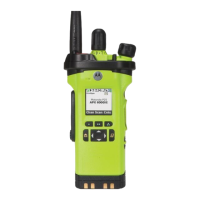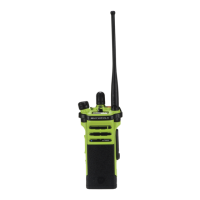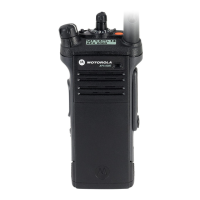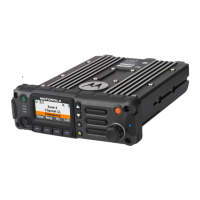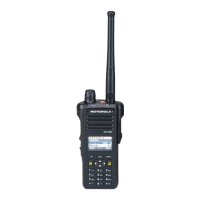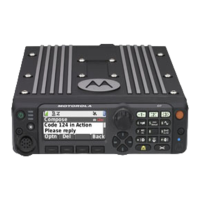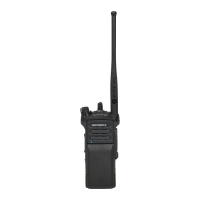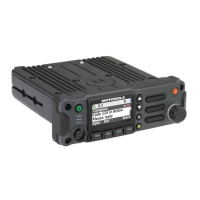Random FM Noise Canceller (Flutter Fighter)
Reduces the unwanted effects of random FM noise
pulses caused by channel fading under high Signal-to-
Noise (S/N) conditions such as in a moving
transportation. The fading effects, heard as audio pops
and clicks, are canceled without affecting the desired
audio signal.
The Random FM Noise Canceller operates only in
receive mode.
Global Positioning System/Global
Navigation Satellite System
The Global Navigation Satellite System (GNSS) in the radio
uses information from the Global Positioning System (GPS)
to determine the approximate geographical location of your
radio. The geographical location is expressed as latitude
and longitude or Military Grid Reference System (MGRS)
format per request from customers.
NOTICE:
This feature is addressed as GPS across the
manual as the naming convention of the buttons
and strings remain the same as the legacy feature
of GPS.
The availability and accuracy of this location information
(and the amount of time that it takes to calculate it) varies
depending on the environment in which you are using the
GPS feature.
For example, GPS location fixes are difficult to obtain
indoors, in covered locations, between high buildings, or in
situations where you have not established a clear broad
view of the sky.
Once GPS is enabled, the radio displays the GPS icon on
the screen. The dispatcher can always request the system
to determine the real-time location coordinates of the radio.
GPS Operation
The GPS technology uses radio signals from earth orbiting
satellites to establish location coordinates. Therefore,
maximizing your view of unobstructed sky is essential for
optimum performance.
Where adequate signals from multiple satellites are not
available (usually because you cannot establish a view of a
wide area of the sky), the GPS feature of your radio will not
work. Such situations include but are not limited to:
• Underground locations
• Inside buildings, trains, or covered vehicles
English
124 Send Feedback
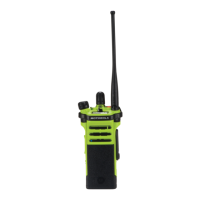
